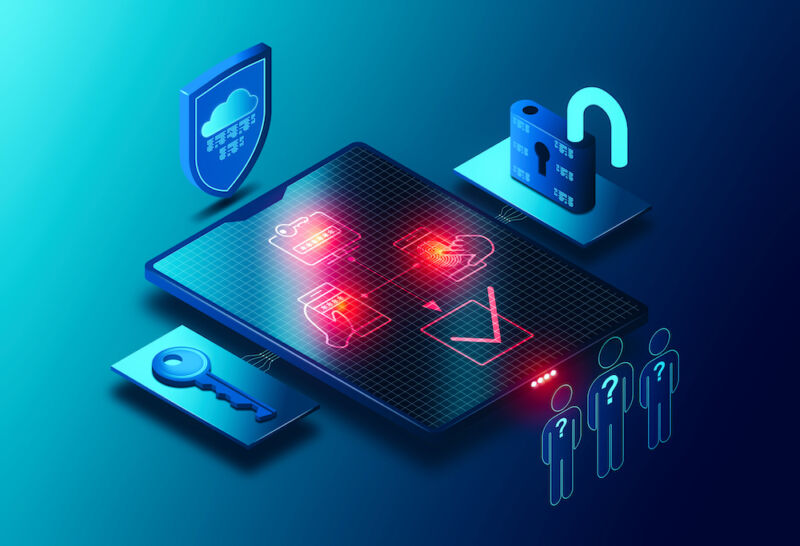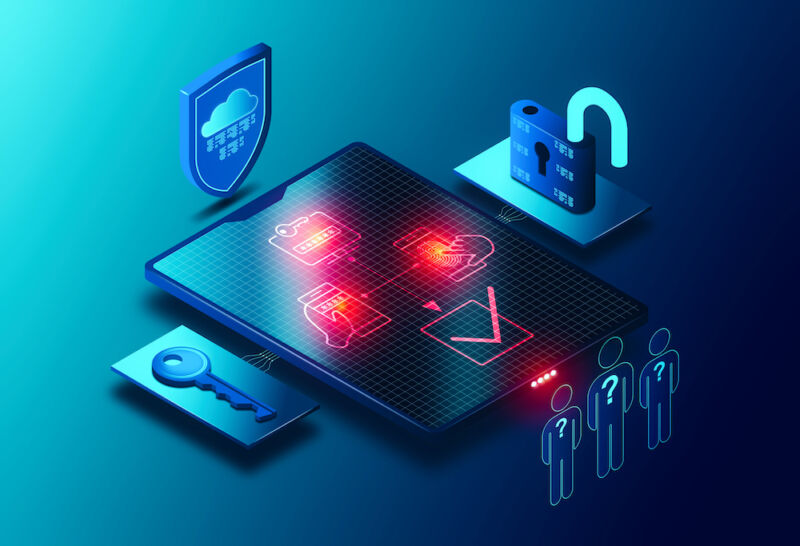
Bungie slammed YouTube’s Digital Millennium Copyright Act (DMCA) process in a lawsuit against 10 John Doe defendants accused of sending fraudulent takedown notices against Destiny 2 videos.
“Doe Defendants were able to do this because of a hole in YouTube’s DMCA-process security, which allows any person to claim to be representing any rights holder in the world for purposes of issuing a DMCA takedown,” Bungie wrote in a complaint filed Friday in US District Court for the Western District of Washington. Bungie continued:
In other words, as far as YouTube is concerned, any person, anywhere in the world, can issue takedown notices on behalf of any rights holder, anywhere. A disgruntled infringer or a competitive content producer, for example, can issue takedown notices purportedly on behalf of Disney, or Fox, or Universal—or even Google itself. All they need to do is: (1) fill out the video removal form… (2) have a Google account—including, upon information and belief, one created that same day and with fake information; and (3) fill out information and click verification buttons fraudulently certifying that they have the right to submit the takedown request, with no verification done by YouTube.
While YouTube and its owner Google were not named as defendants, they feature heavily throughout Bungie’s complaint. The 10 Doe defendants haven’t been identified yet because of “the Byzantine procedural labyrinth Google required before it would address the fraud its users were committing, let alone identify who its fraudsters were,” Bungie wrote.











